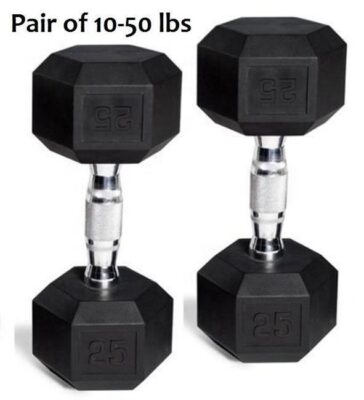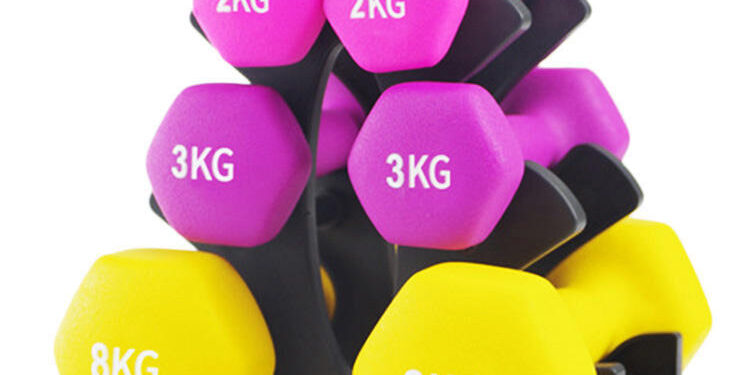Why Ecosystem Planning Matters
✔️ Integrated Training Zones
A gym’s free-weight area functions best when barbells, dumbbells, plates, and racks are designed as a unified ecosystem. Poorly matched equipment creates safety hazards and reduces member satisfaction.
✔️ Procurement Advantage
Sourcing a coordinated ecosystem from one supplier ensures compatibility and reduces logistics complexity.
Step 1 — Matching Weight Progressions
🔹 Dumbbell Sets
Standard ranges: 2–30 kg with 2.5 kg increments, suitable for most commercial gyms.
🔹 Barbell Sets
Should mirror dumbbell increments to allow smooth training progression. Example: barbell plates that match dumbbell jumps (2.5 kg, 5 kg, etc.).
Partnering with experienced Dumbbell Manufacturers ensures progression logic is consistent across both free-weight systems.
Step 2 — Rack Design & Storage Integration
📌 Dumbbell Racks
Require angled tiers or saddles to prevent rolling and reduce user strain.
📌 Barbell Racks
Must support both Olympic and fixed barbells, with weight capacity suitable for high-traffic gyms.
📌 Unified Layout
Placing barbell and dumbbell racks in parallel improves member flow and coaching visibility.
Step 3 — Plate Compatibility & Standards
✔️ Bore Sizes
Commercial gyms typically use Olympic standard (50 mm). Ensuring dumbbell and barbell plates align avoids purchasing incompatible systems.
✔️ Coating Choices
Rubber: Budget-friendly, reduces floor noise.
Urethane: Premium, odor-free, and brandable with logos.
✔️ Color Coding
Plates and dumbbells should follow the same scheme for quick weight identification.
Step 4 — Safety & Member Experience
🔒 Consistent Knurling
Handles across dumbbells and barbells should share similar grip textures, ensuring familiar feel for users.
🔒 Load Ratings
Check engineering certificates for both racks and bars to confirm safe working loads.
🔒 Training Flow
Strategic placement of benches between dumbbell and barbell zones allows smooth circuit transitions.
Step 5 — Branding & Aesthetic Alignment
🎨 Logo Integration
Logos can be printed on barbell end caps, dumbbell heads, and plate surfaces.
🎨 Color Consistency
Pantone-matched racks, plates, and handles enhance visual branding for gyms and hotels.
🎨 Custom Accessories
Benches, storage bays, and lifting platforms can be branded to complete the ecosystem.
Step 6 — Procurement & Logistics Planning
📦 MOQ (Minimum Order Quantity)
Integrated packages typically start at container-level orders (10–15 tons), but some suppliers offer mixed-item solutions for smaller gyms.
📦 Lead Times
Full ecosystems may require 45–60 days production, especially if customized.
📦 Freight Optimization
Consolidating dumbbells, barbells, and plates into a single shipment reduces logistics costs and simplifies customs clearance.
Final Thoughts for Buyers
Building a cohesive free-weight ecosystem is about more than just equipment—it’s about safety, training logic, and branding consistency. Gyms that invest in integrated dumbbell and barbell systems achieve better member satisfaction and lower long-term costs.
By sourcing from global Dumbbell Manufacturers and specialized Barbell Manufacturers, procurement teams can ensure durable, compatible, and well-branded ecosystems that meet the demands of both entry-level and elite training environments.

















